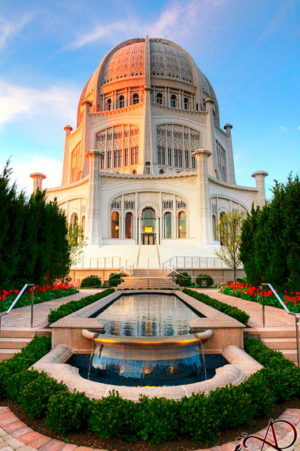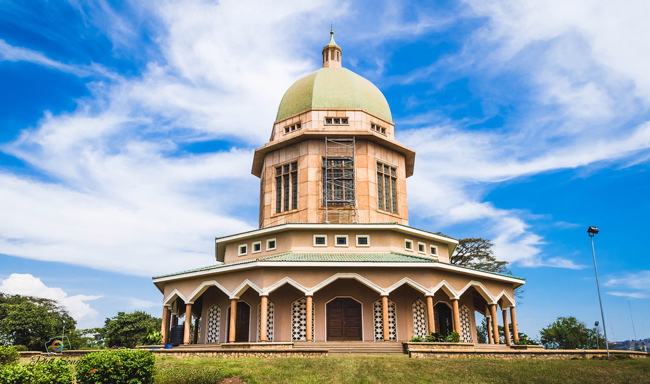Note: Baha’i days begin at sunset.
SUNSET MONDAY, JULY 8: The world’s more than 5 million Baha’is pause to recall the solemn anniversary of their religious founder’s public execution at noon on July 9, for the Martyrdom of the Bab. As one of nine holy days of the year, the Martyrdom of the Bab commemorates the anniversary of an event that occurred on this date in 1850. The events that ensued on the day of his death, however, have left millions in awe for more than a century.
Interested in a Baha’i perspective of the harmony between science and religion? Check out this TEDx talk on YouTube.
PERSIA, BABI AND THE BAB
The era was 19th century Persia, and a man who called himself the Bab—translated, meaning the Gate—had begun attracting followers. Despite attempts by authorities, passion for his Babi religion ran wide and deep. Muhammad Shah would not execute the Bab, but his successor, Nasiri’d-Din Shah, was advised to kill the Bab. And so, it was announced that the Bab, along with any followers, would be executed.
THE EXECUTION AND FINAL CONVERSATION
According to Baha’i tradition: At the time of the Bab’s execution, when the head attendant was ordered to bring the Bab before the chief religious officials of the City of Tabriz to obtain death warrants, the attendant found the Bab in private conversation with his secretary, Siyyid Husayn. The Bab warned that, “Not until I have said to him all those things that I wish to say can any earthly power silence me.”
As the traditional Baha’i story is retold: The Bab was brought to the center of the city to be executed by soldiers, but—as he had promised—not one bullet touched him. Tens of thousands of onlookers, gathering on nearby rooftops and in the streets, were shocked when the Bab’s words rang true. The firing squads had, instead, blown apart the rope that had tied the prisoner. The Bab was nowhere to be found.
After frantic searches, the Bab was discovered in a private room, continuing his previously interrupted conversation with Siyyid Husayn. The Bab announced to them, “I have finished my conversation with Siyyid Husayn. Now you may proceed and fulfill your intention.” Several authorities and soldiers were so shaken by the events that they resigned and refused to have anything further to do with the execution. A new firing squad was drawn and brought to the Bab, and when the regiment opened fire, the Bab was killed.
A small group of Baha’is risked their lives to sneak the Bab’s deceased body into a wooden box, where it remained hidden for almost 60 years before being entombed in a shrine on Mount Carmel in Haifa, Israel, where it remains to this day. Today, most Bahai’s observe the holy day with prayers, gatherings and services.
Did you know? A Baha’i House of Worship is open to non-Baha’is as well as Baha’is. Holy scriptures of the world’s religions are recited in Baha’i temples.


